
On its first day, the fair opened its doors to some 7,000 art aficionados from all over the world. Visitors to the fair were greeted by The Floating Skeleton, the first of many installation pieces at this year's event by the entrance.
Contributed by fairground design architect WY-TO, the massive web-like structure resembles a bridge made up of interwoven metal and cloth.
The exhibit was symbolic of the art fair's purpose, which was to establish a strong Asian art identity by creating a network of ties between diverse artists across the region and beyond, with Singapore bridging the gap between regional and international artists, galleries and collectors.
With its strong ties to both East and West, Singapore is both a financial and cultural gateway into Southeast Asia, making it an ideal location for the hosting of this massive fair, which aims to promote Asia's artistic creativity.
Rudolf, the veteran art fair director, who headed prominent art fairs Art Basel and ShContemporary, says that art fairs are not only a place where multicultural exchanges take place, but also have a responsibility to protect art's identity.
"We do not want to have Chinese artists only represented by Western galleries, hence we need to create an environment where Asian artists and Asian galleries are also well-represented," Rudolf says.
The fair also hosted other international heavyweights including White Cube (London), Halcyon Gallery (London/Shanghai), and Zemack Contemporary Art (Tel Aviv).
This year's fair focused on Southeast Asian art, in particular Indonesian art, which is seeing rising interest.
Dedicated to promoting visibility and accessibility for both fledgling artists who do not possess the means to compete with their Western counterparts, the organizers introduce special platforms such as the Indonesian Pavilion.
The pavilion showcased outstanding Indonesian galleries as well as a curated collection of Indonesia's leading contemporary artists. It also included an education center managed by the Indonesian Visual Art Archive.
Rudolf explains that China did not have its own pavilion at this year's fair because "China has a very strong arts infrastructure that has launched their artists and galleries internationally already."
By juxtaposing Asian and Western gallery booths, and incorporating guided tours and talks at this year's fair, Rudolf envisions more artistic exchange and conversations about art, furthering the ideals of Asian art among art experts and enthusiasts, as well as preserving and promoting the Asian art identity.

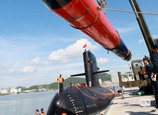
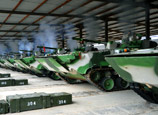



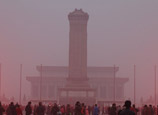


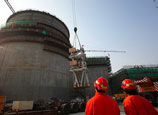
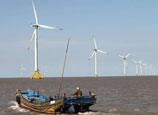






 Buildings collapse after subsidence in S China
Buildings collapse after subsidence in S China


![]()
